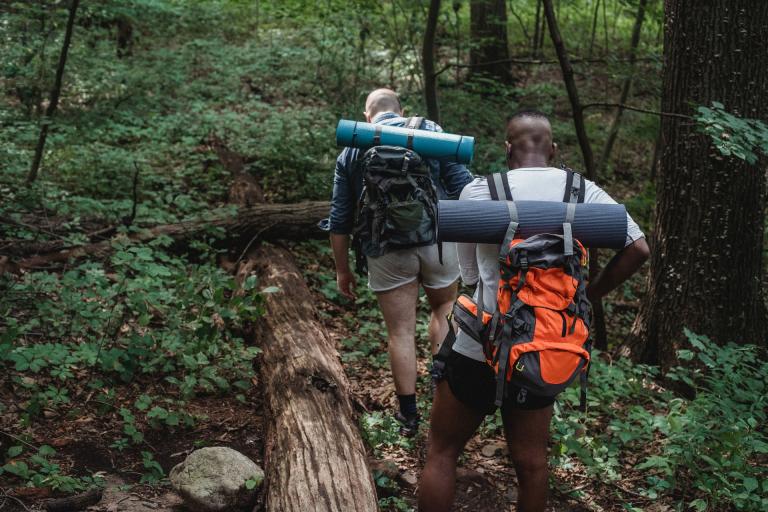Search

By the read of the first line, it may sound absurd to think that there is a specific method that goes into packing your bag for your camping trip. However, this is extremely important, and in some cases, this could make or break how the outing goes.
When packing, you have to consider what to bring the order that it is packed in. The must have items would be sufficient clothing for the length of the trip, food, water, spare dry clothing (most especially socks), extra warm layers, tent, sleeping bag, food equipment, map and map case, a compass, sunscreen, bite cream, talcum powder etc.
It’s important to line your Bergen/camping rucksack with a waterproof bag, i.e. a rubble sack/bin bag. This is to prevent, as much as possible, water from getting into the back and creating problems for everything you’ve packed. Some like to pack related items in individuals liners to reduce the possibility that if anything were to get wet at the bottom, it would not affect any other items at the top of the Bergen. The most basic method would be to use the one liner and pack inside that, at the bottom of the bag its best to begin with items that you would not often be accessing or anything that you might only need when it comes to the sleeping part of the whole trip. Traditionally this would be a sleeping bag, tent, some dry clothes (as a spare) and warm clothes for the night.
However, for more efficient use of space, if you put your sleeping bag in a separate protective waterproof bag, this could be clipped onto/on the underside of the rucksack therefore, you have more to fill the bag with as well as keeping the sleeping bag dry on the outside. Various people also like to pack a spare pair of shoes at this stage, whether these are trainers in the case of your current shoes getting wet or comfortable slippers to wear around your camping area.
This would be very dependent on the packing space available to you. Personally, I would suggest the former because if you are not too meticulous, then walking barefoot in the camping area may not be a problem for you. However, you wish to follow this first step is up to you.
At the next stage of packing, this would be the best place for all the necessary food and water and food equipment (mess tins, a gas burner, single use gas packs/full bottle of liquid gas though this could pose as a risk for spillages etc., a cutlery set, extra bin bags for storing rubbish. This makes it easy for the food and water to be accessible whilst not having it directly at the top of the rucksack, and if your bag has a side pocket to fit water bottles, then this is a bonus as it will allow for more space for food or any other items. To follow this at the very top of the bag, this is where the regular used/significant items can go, such as a first aid kit, map and compass, sun cream, bite cream and possibly a waterproof coat to easily pull out when in an emergency.
As previously mentioned, the method of packing is entirely down to the purpose/priorities of the trip however, this guide give and standard template as to the most efficient, camping friendly way to pack the essentials.
Article by Lovey Naomi



